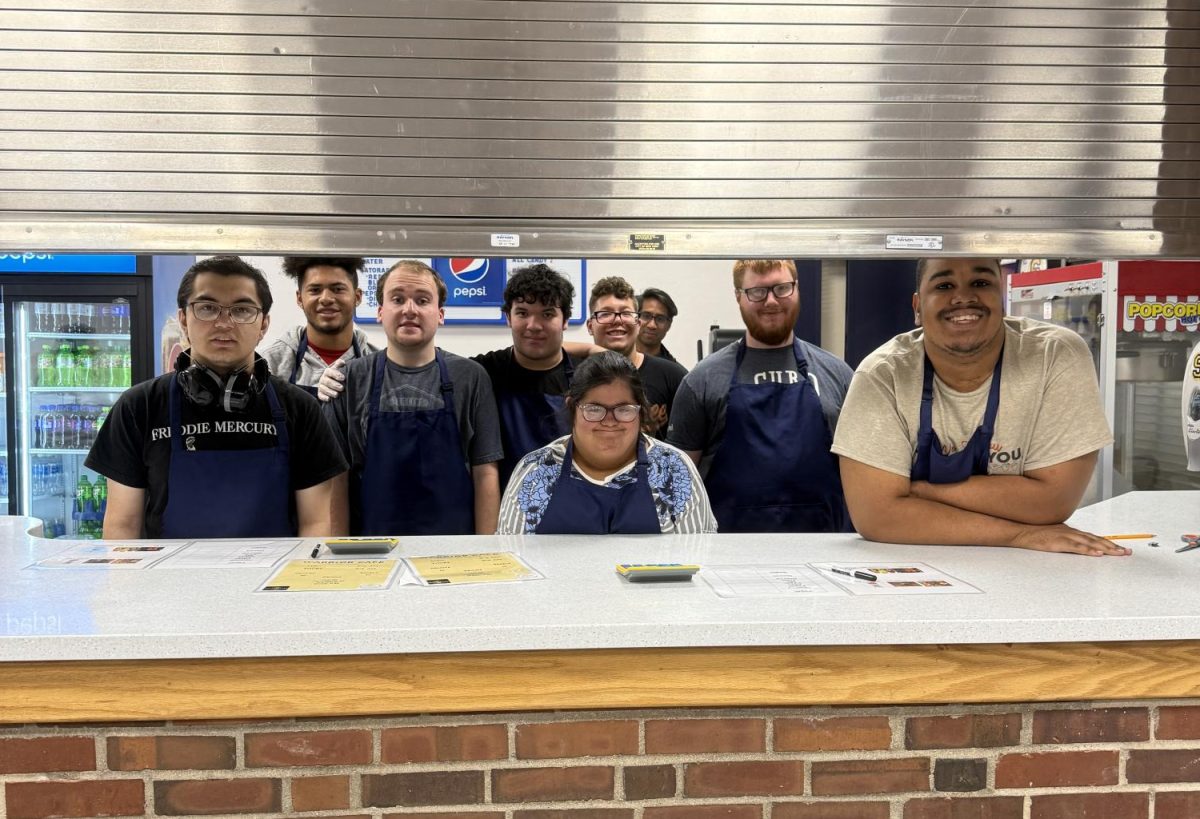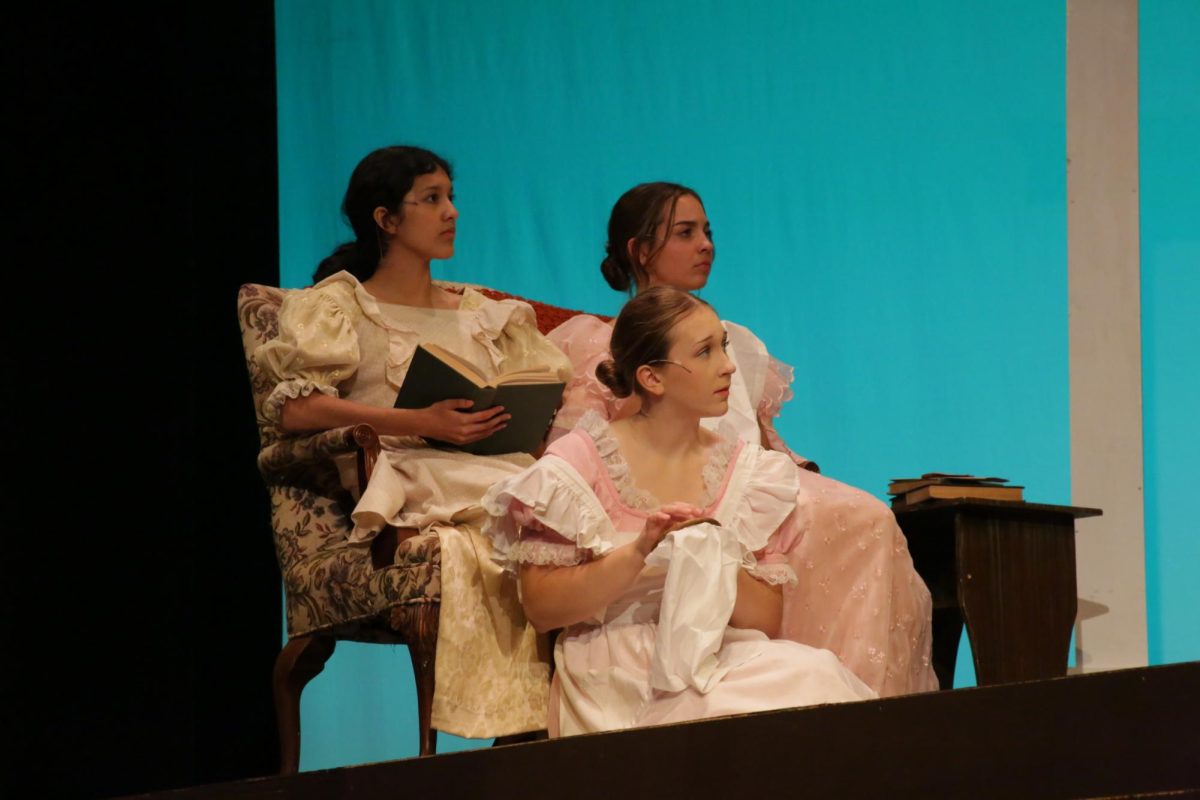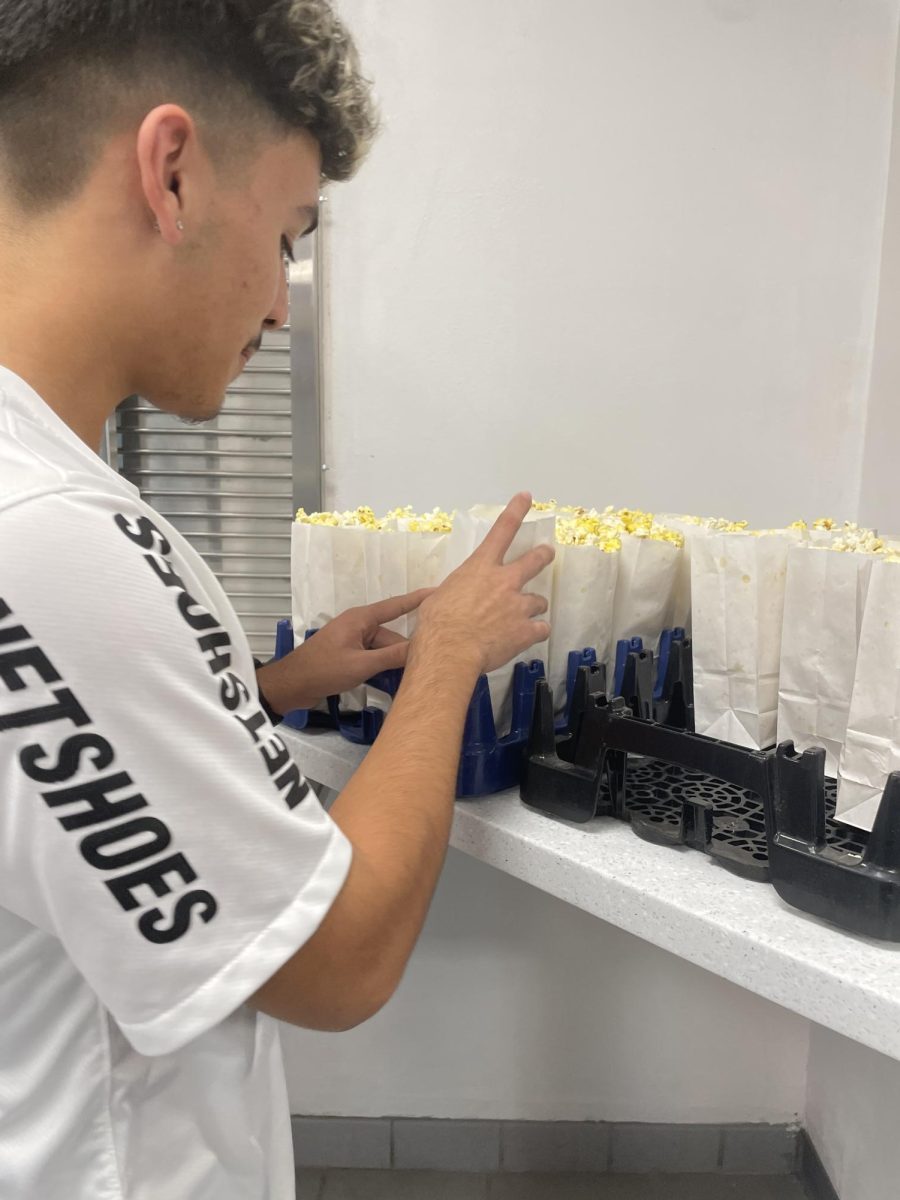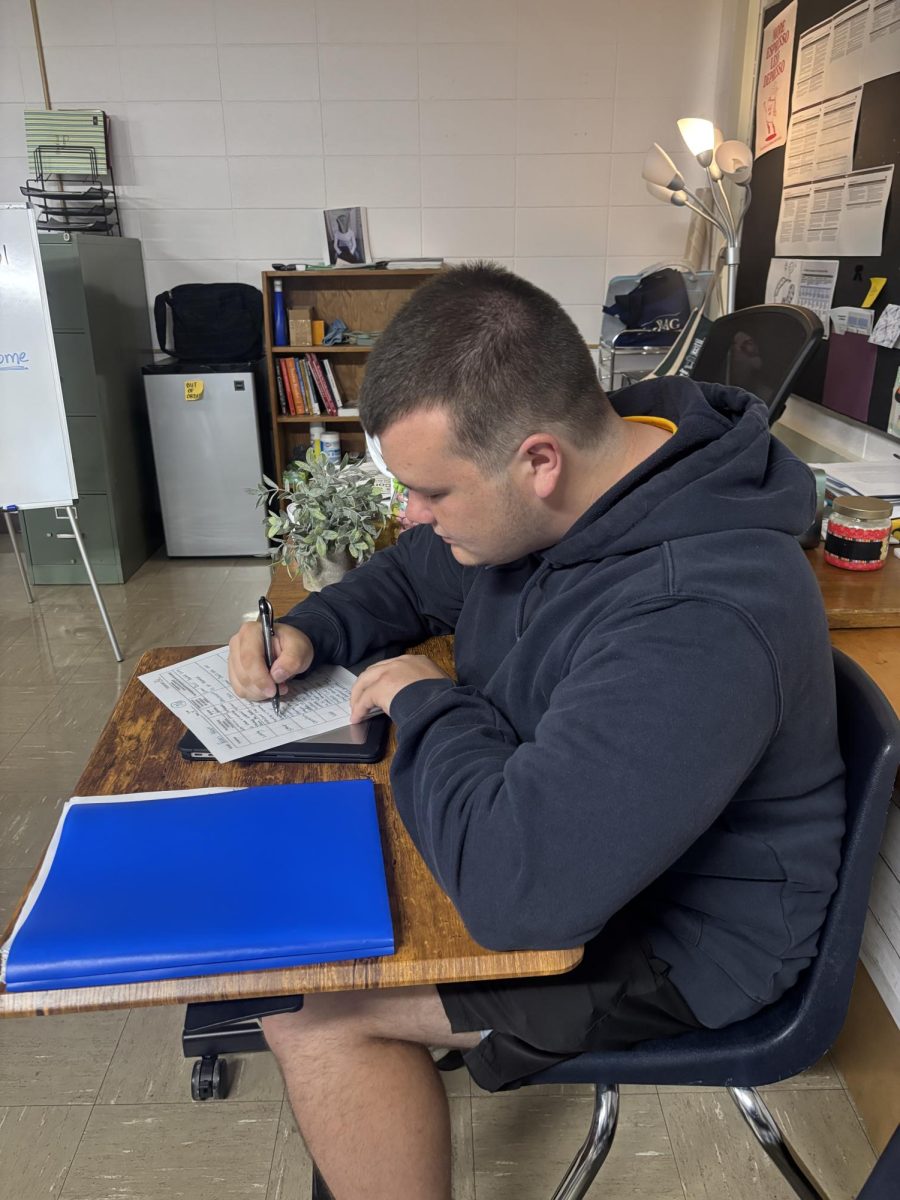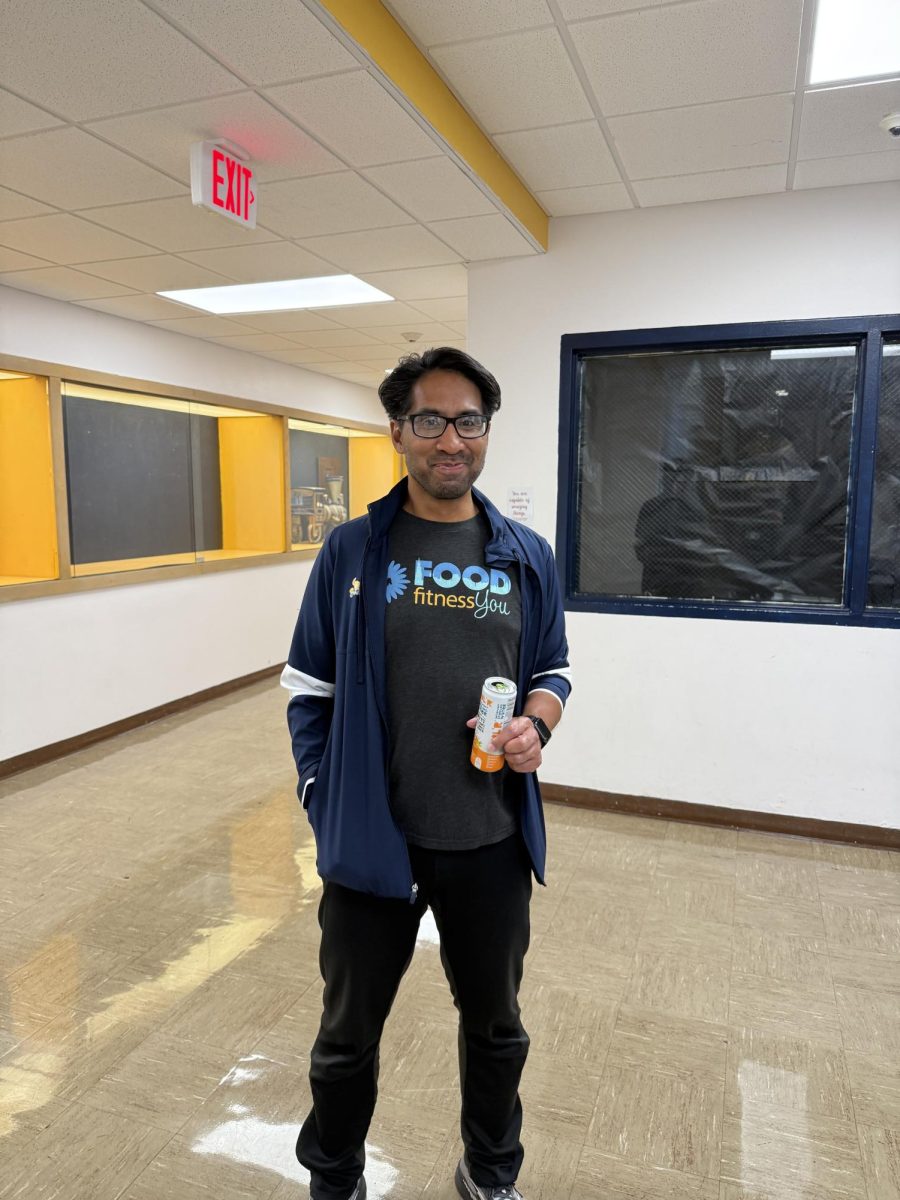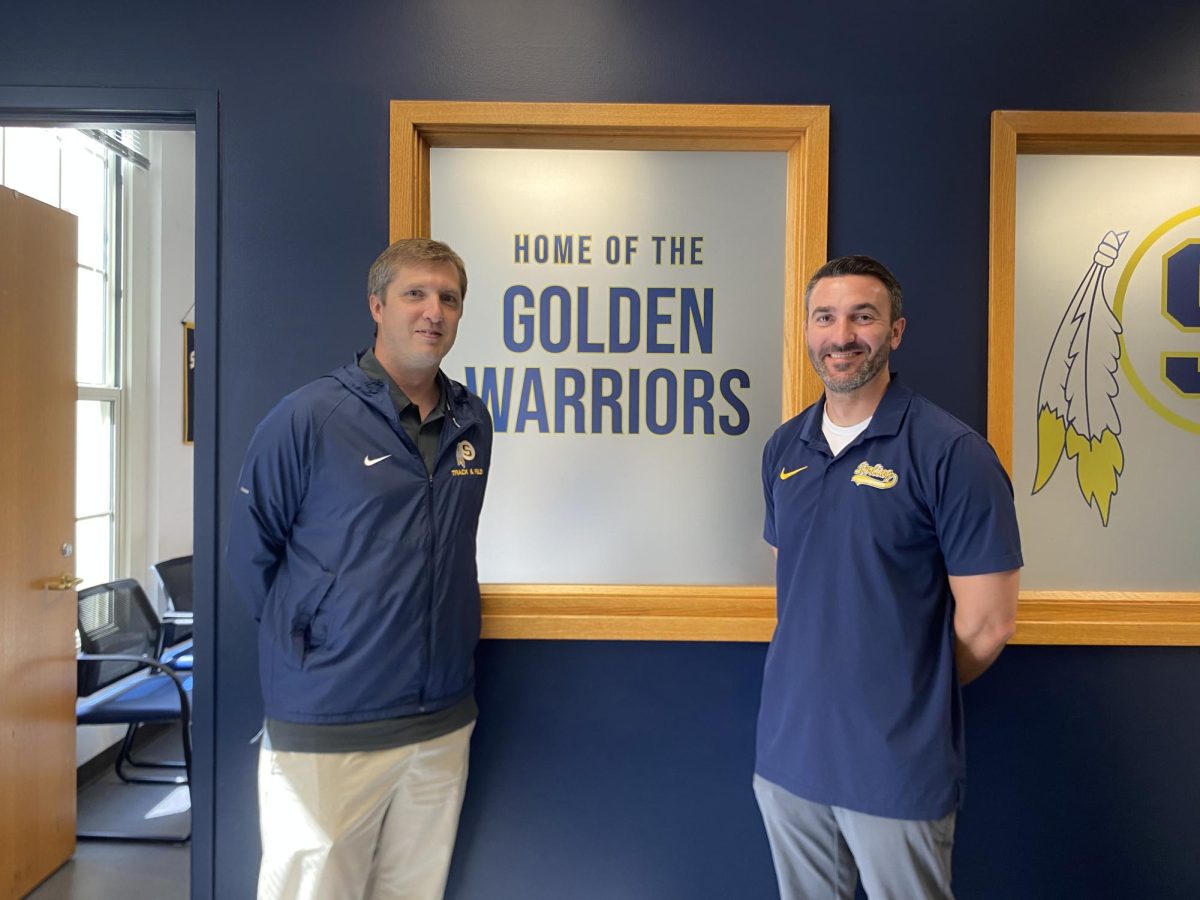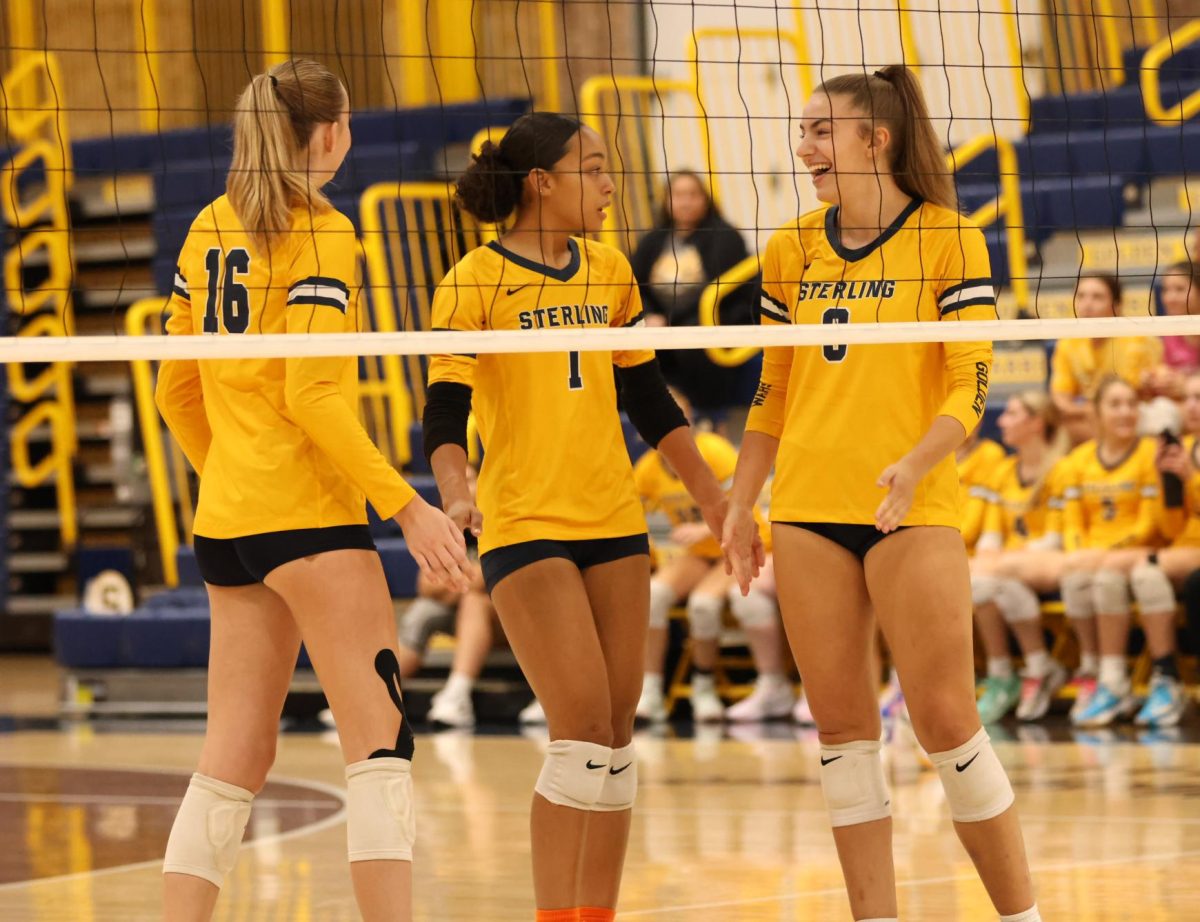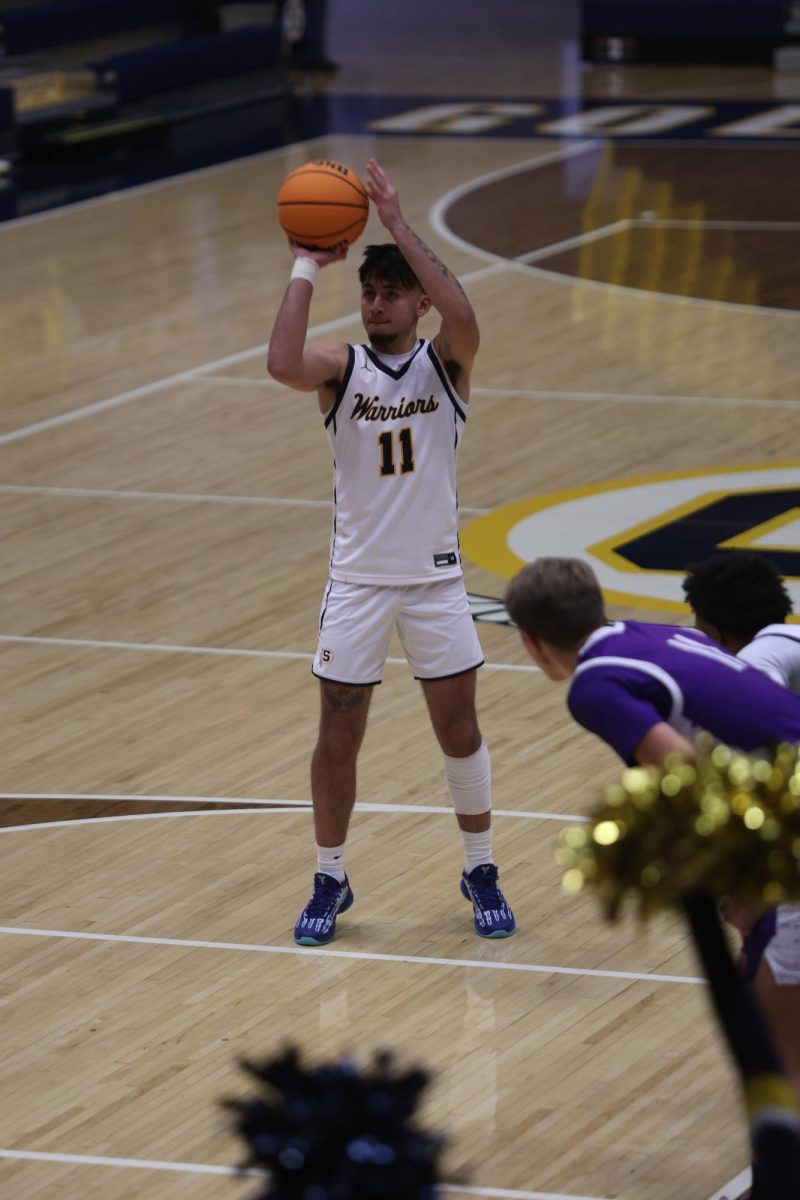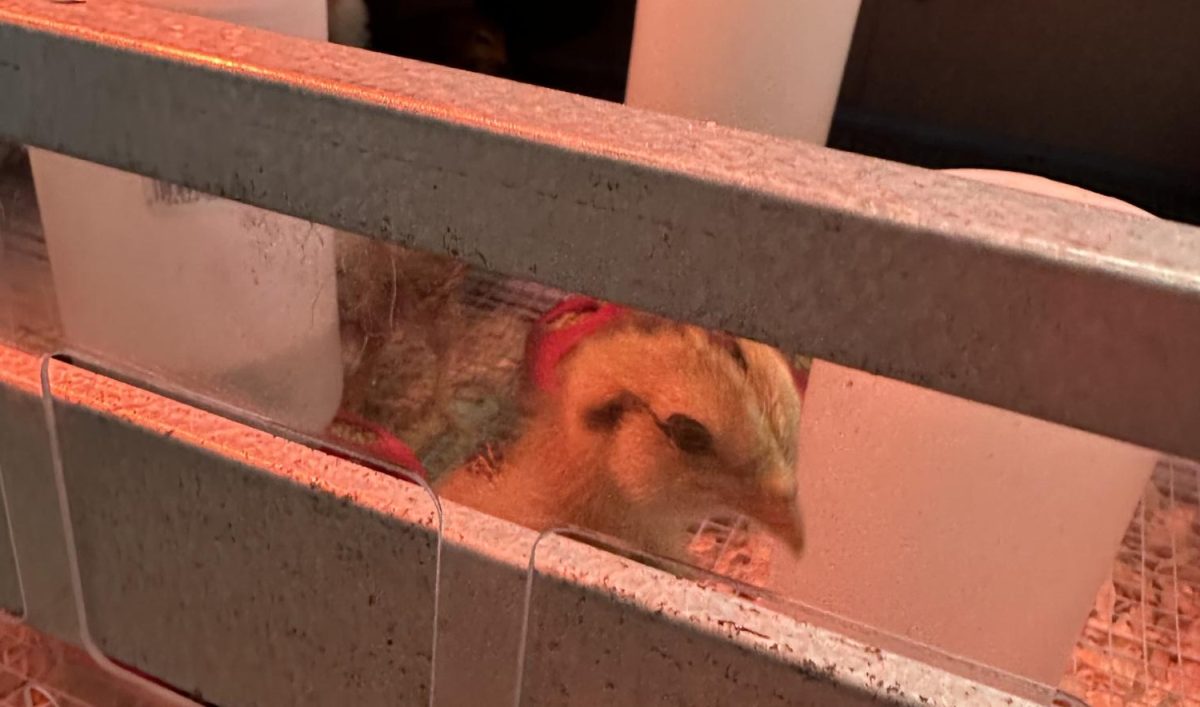For her first year at Sterling High School, FFA teacher Taylor Irvin decided to hatch chicks.
The plan was to have the animal science students wait for the chicks to hatch, while monitoring them through the period during class. The goal was to teach the students about the life of chickens and how they grow and develop.
“Hatching chickens is a great way to provide hands-on livestock experience to students in an animal science class. In the past, the SHS animal science classes have always hatched chickens, as well as ducks, quail, and emus,” Irvin shared.
Through the course of this learning, students learn to differentiate fertilized and unfertilized eggs, then when identified, they discard the unfertilized eggs and get a closer look into the fertile eggs that hatch chicks, learning all about them.
Sophomore Elaine Tackett said, “I joined animal science to learn more about animals since I have seven animals. Having the chicks gave me an experience with a different animal and it’s a lot of fun!”
Although it is a lot of hard work for the students, it was still an enjoyable process. Students have to clean the chicks’ bedding daily, needing to be filtered and replaced. They first clean the broader floor removing remaining debris and moisture and then replace the bedding with a fresh layer, ensuring it is at least 1-3 inches deep of large pine shavings.
The students also make sure the food containers are full with 18% protein chick feed, which is a chick starter feed to ensure chicks grow and develop properly. Finally, they are kept under a red light, which is known as their heat lamp keeping the chicks warm.
“Without the heat lamp, the chicks will freeze to death. So it plays a crucial role in the development and growth of the chicks,” said sophomore Xavi Serenil.
There are many different ways to take care of chicks, but it is beneficial for the students to learn a standardized process because it promotes consistency for their learning and teaches them the importance of following a reliable method for animal care.

